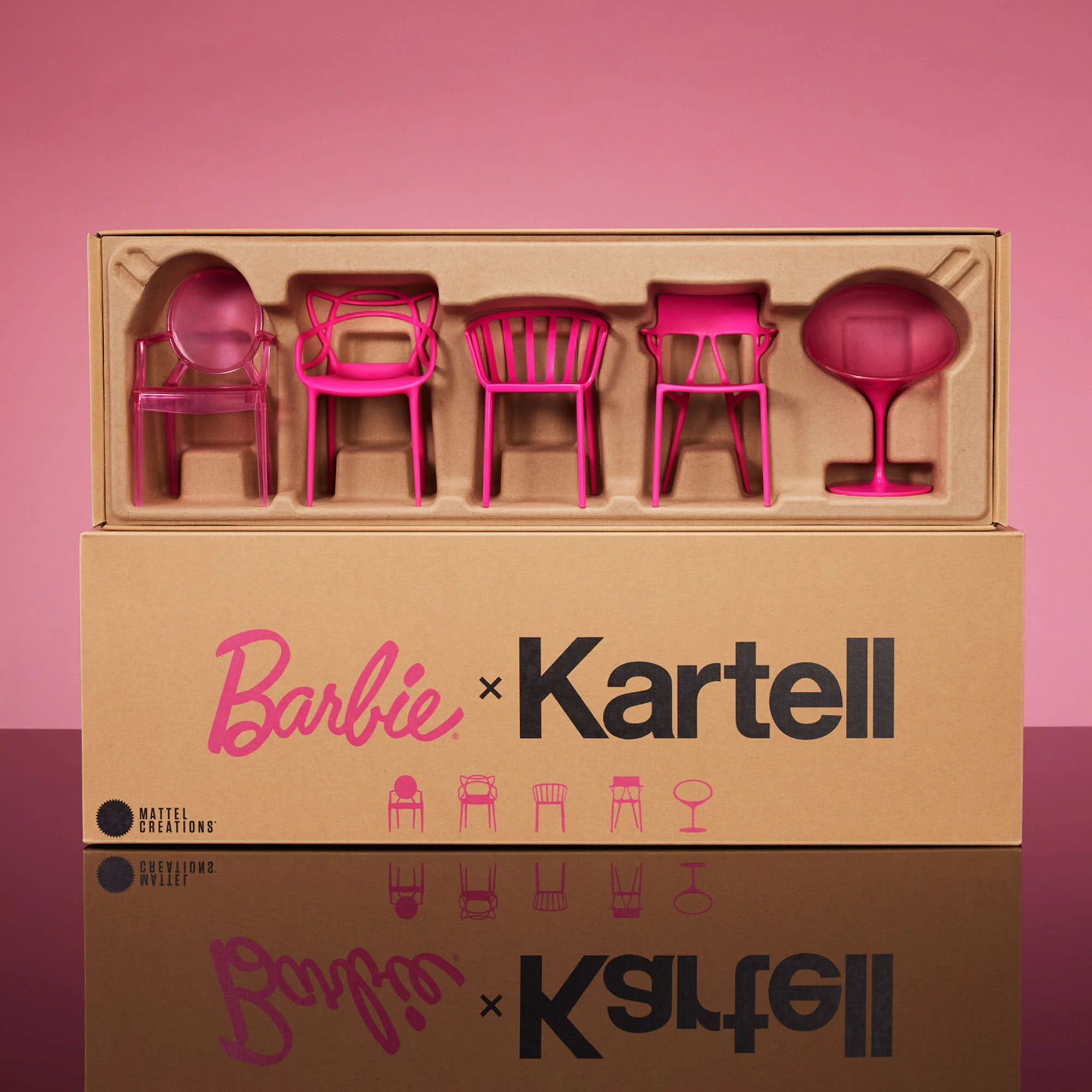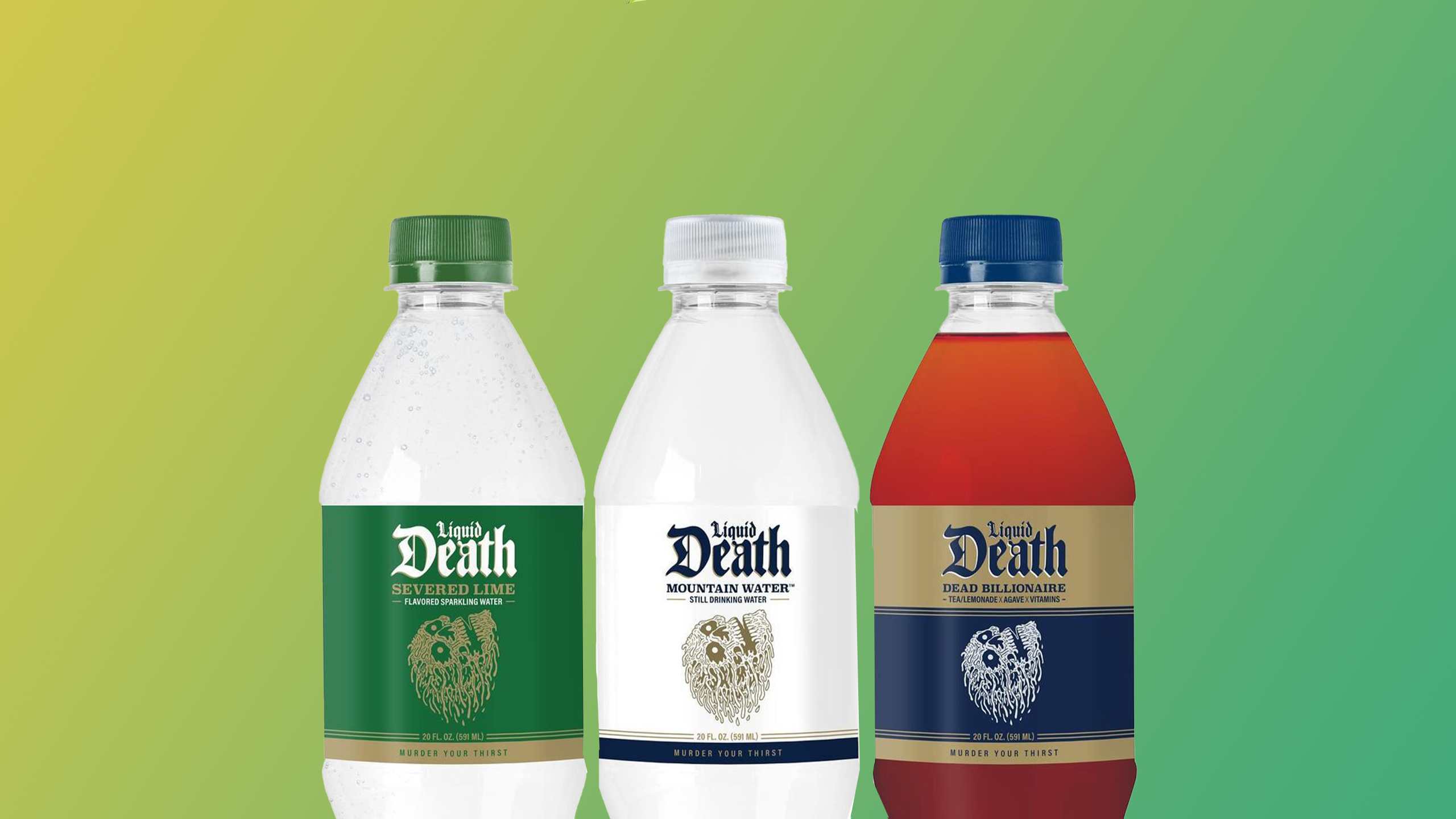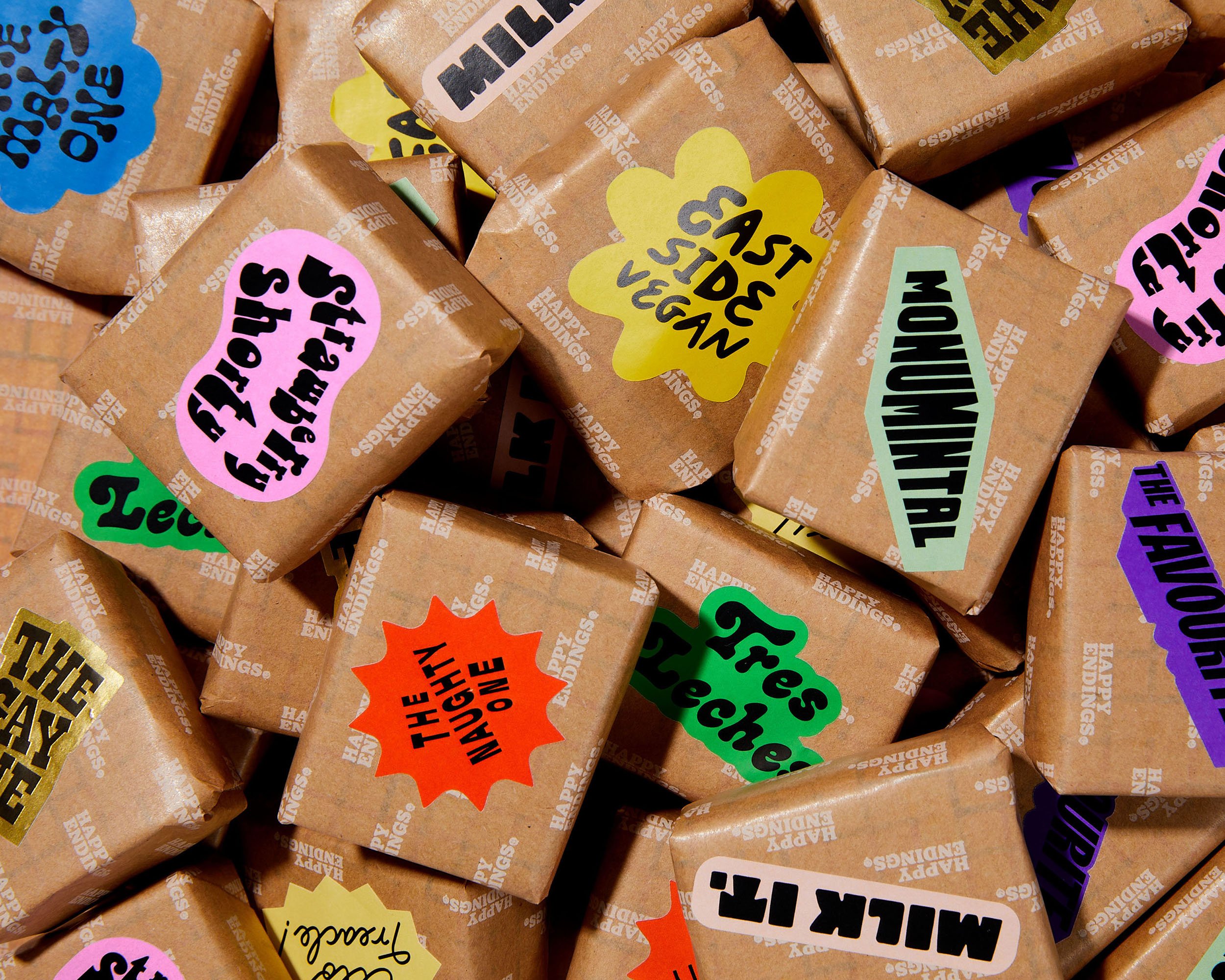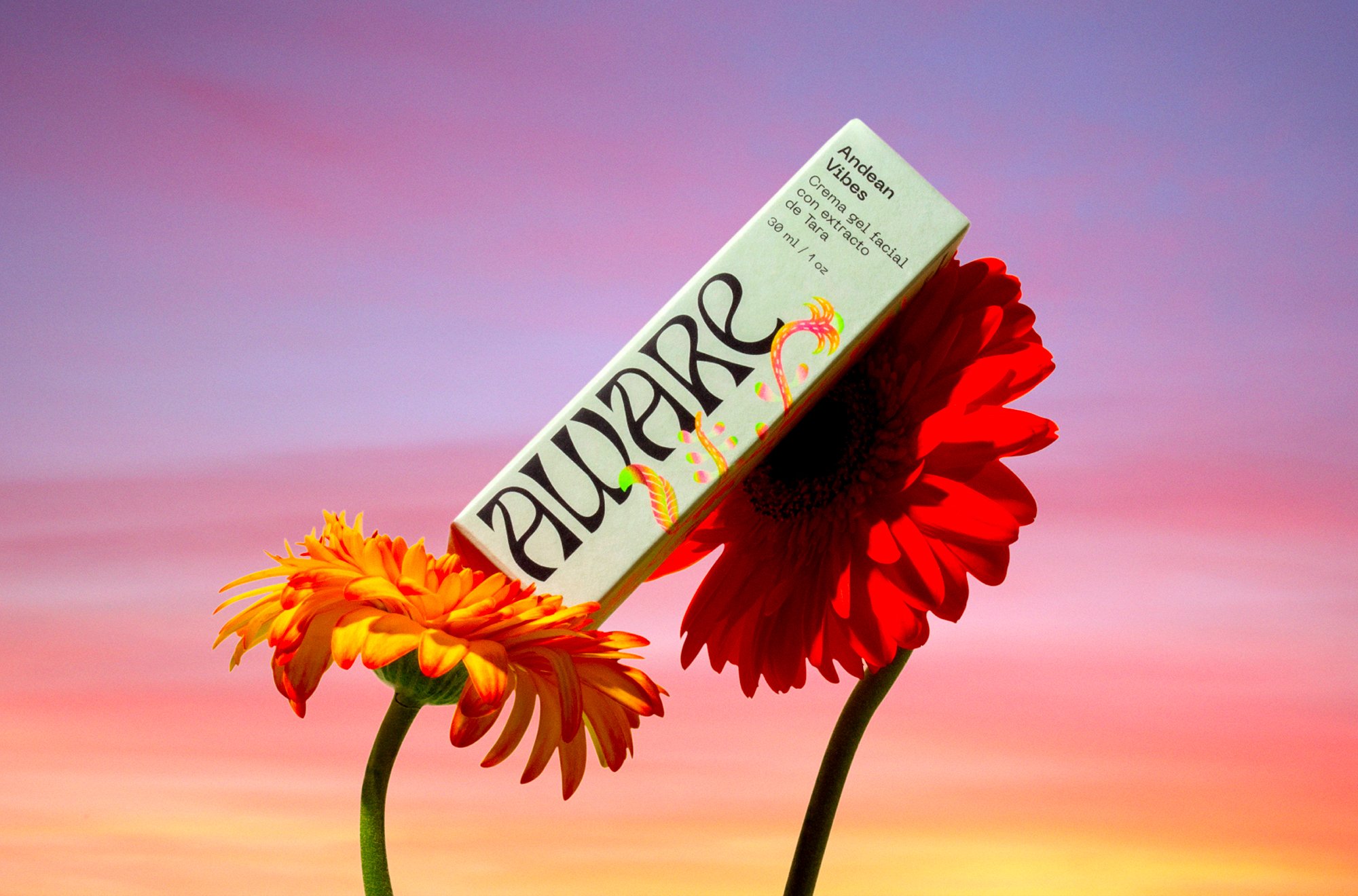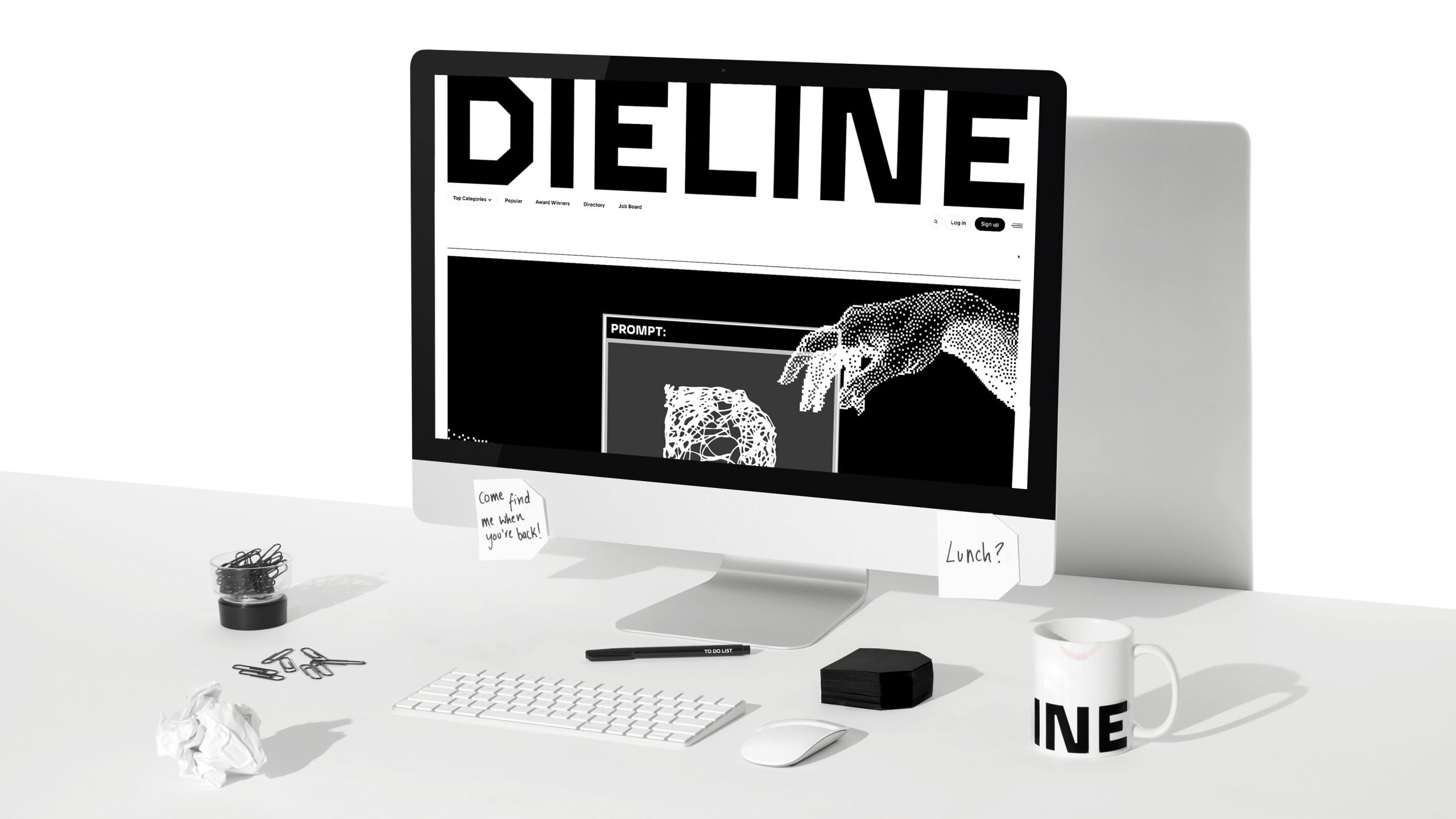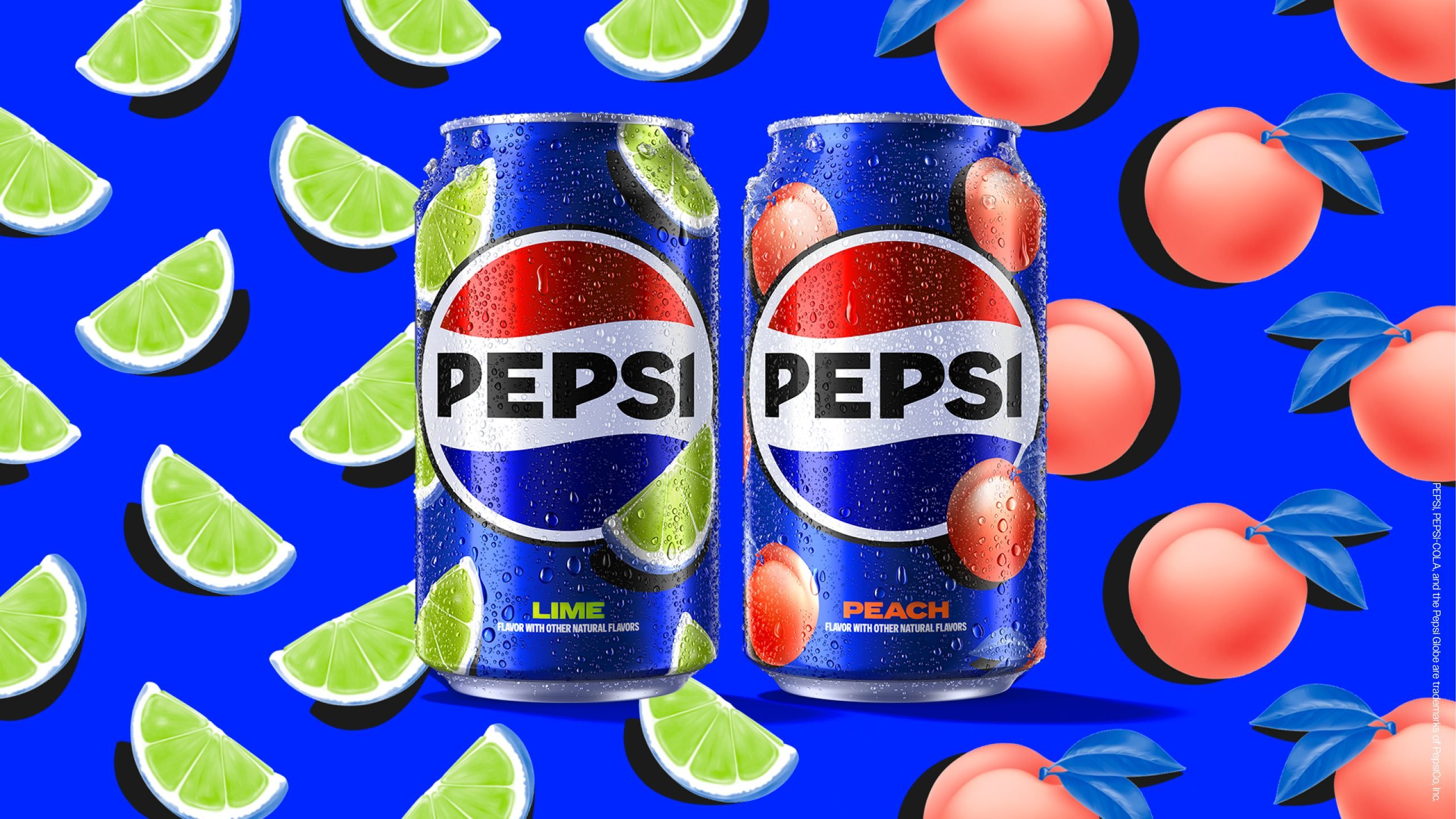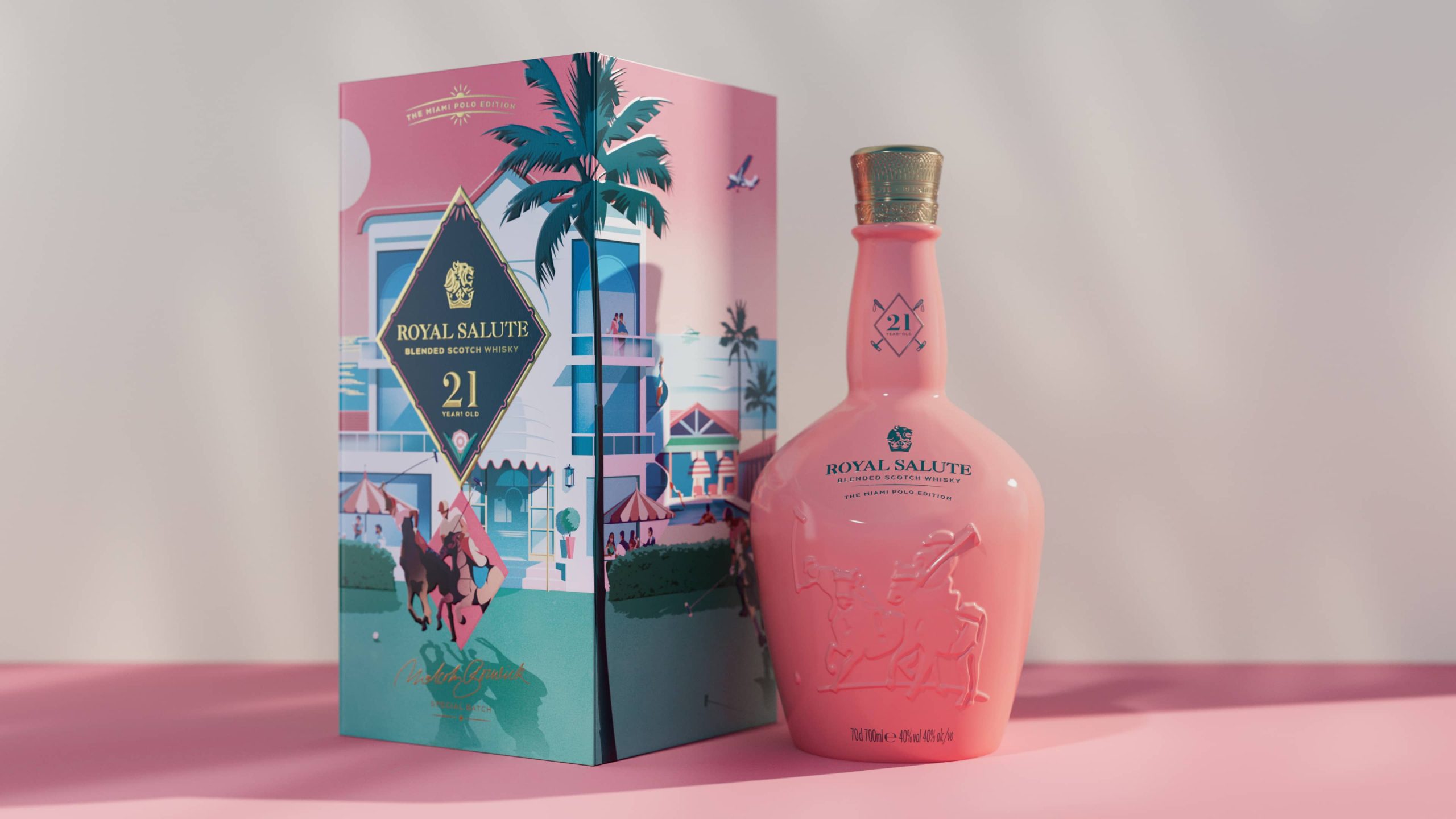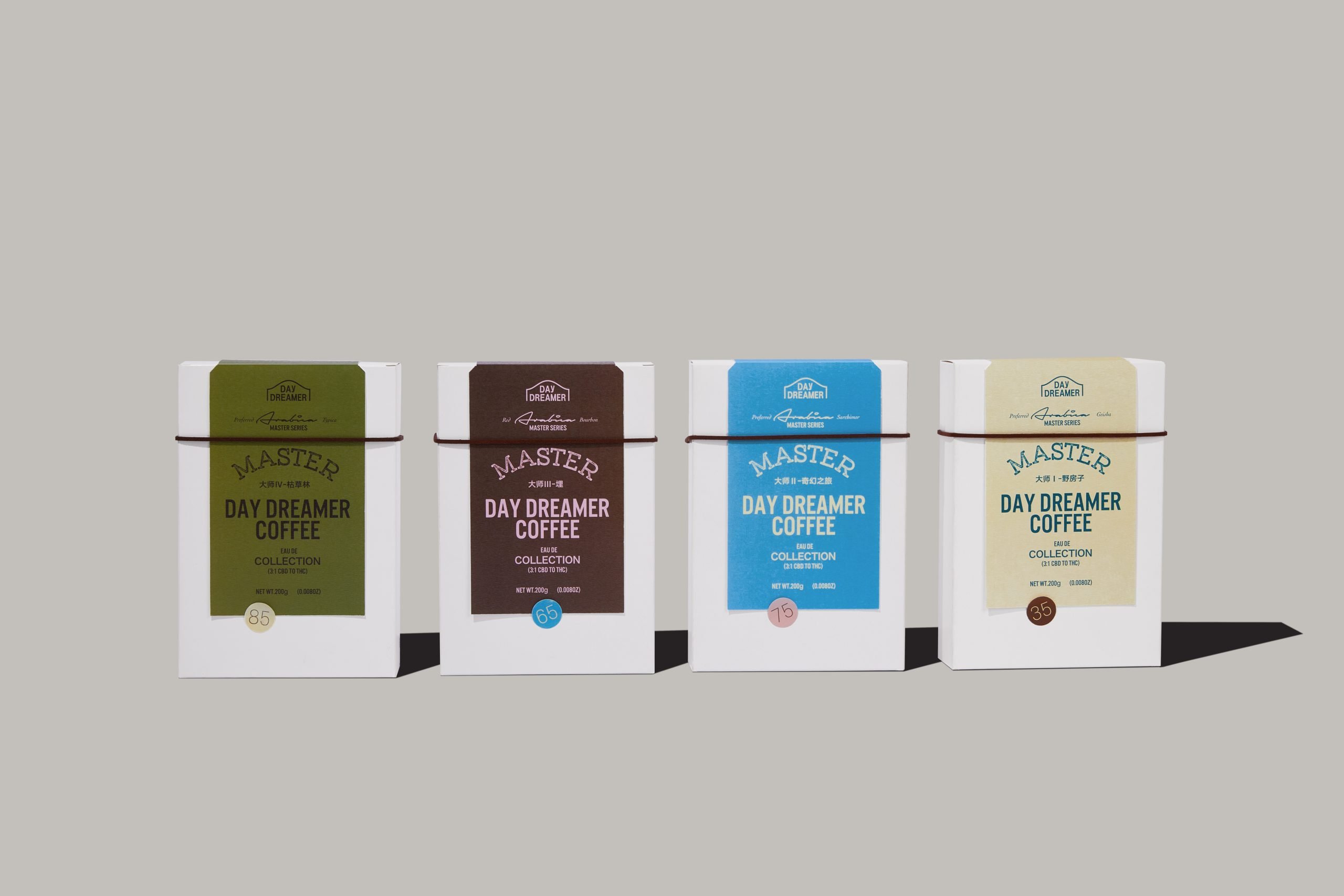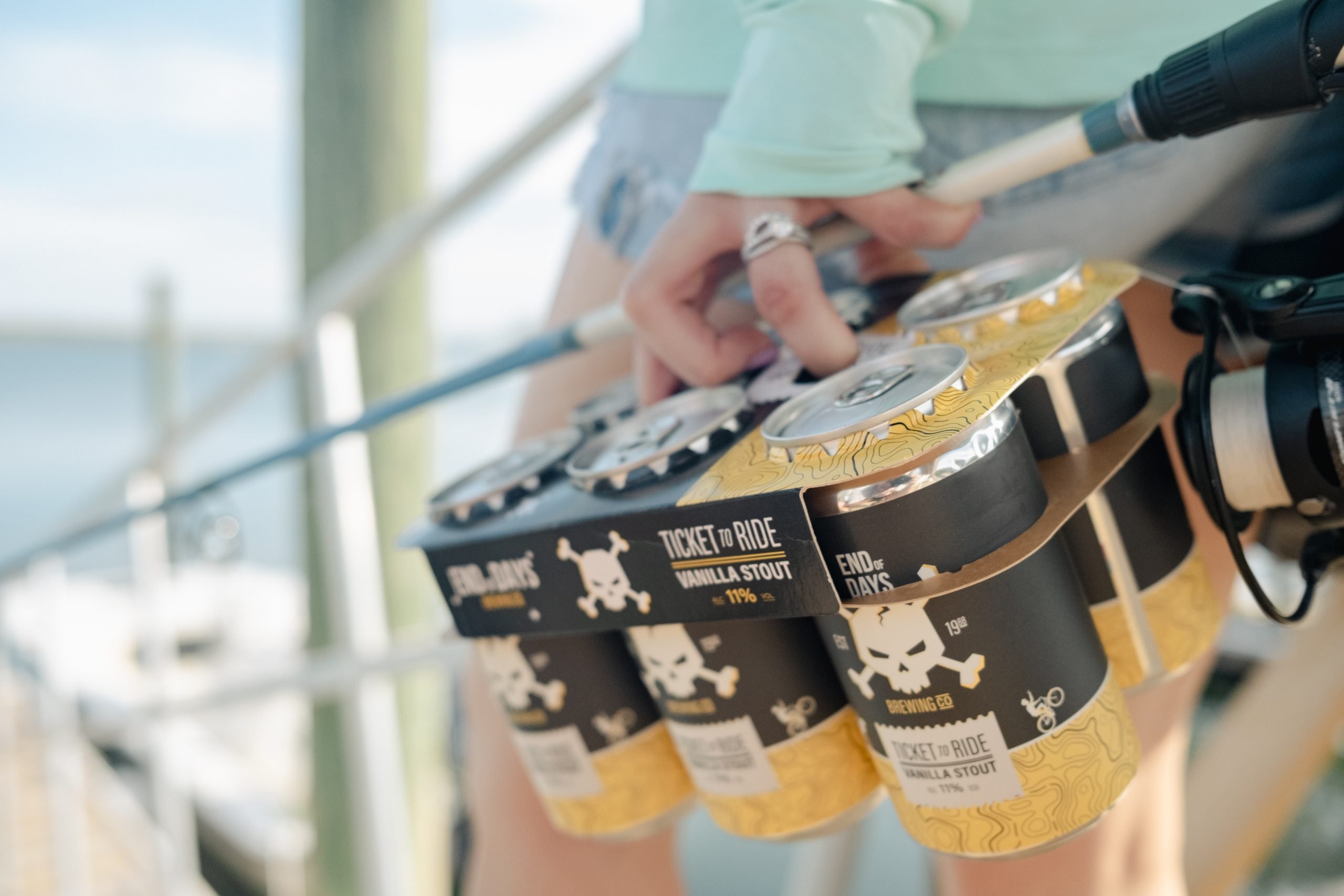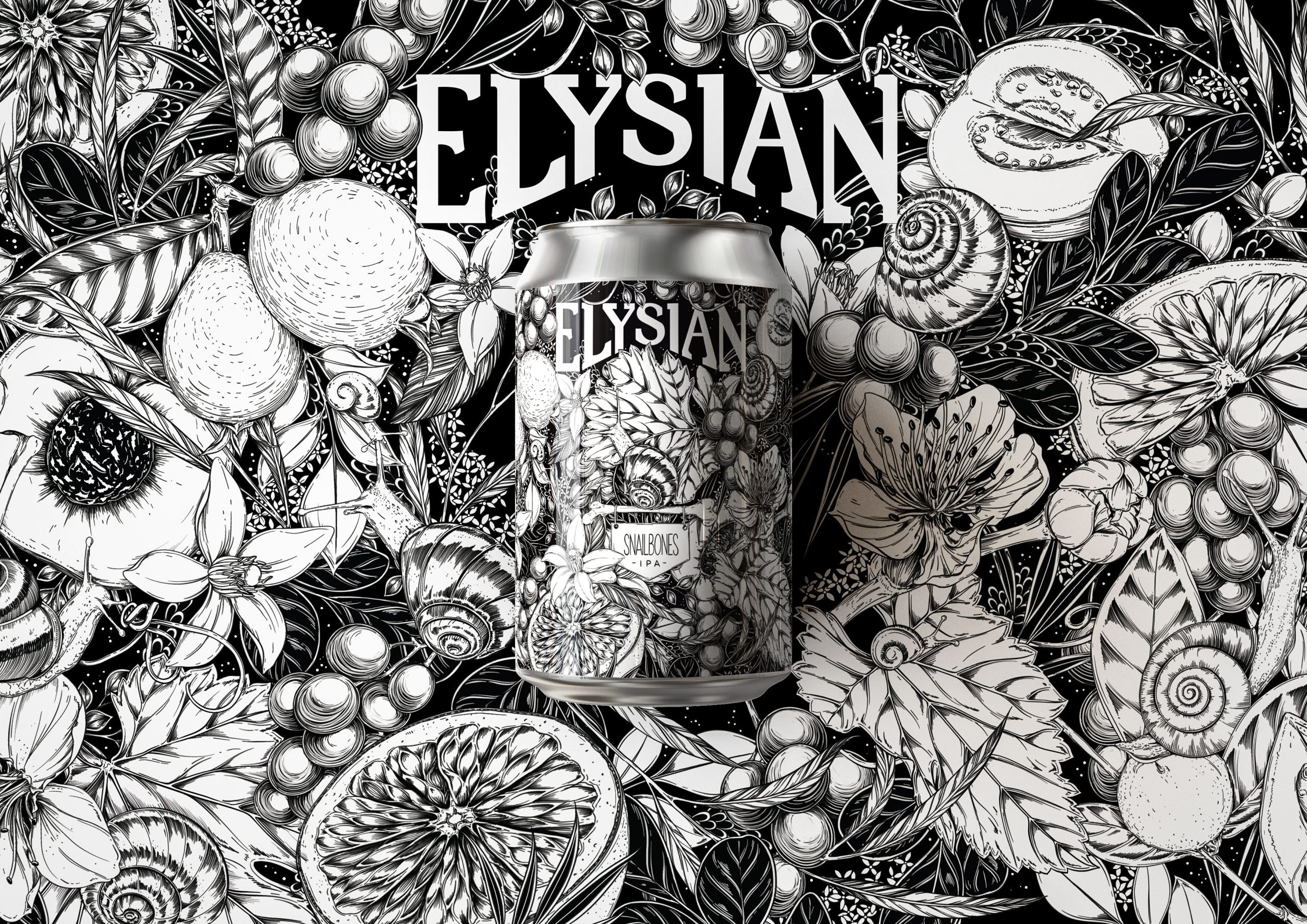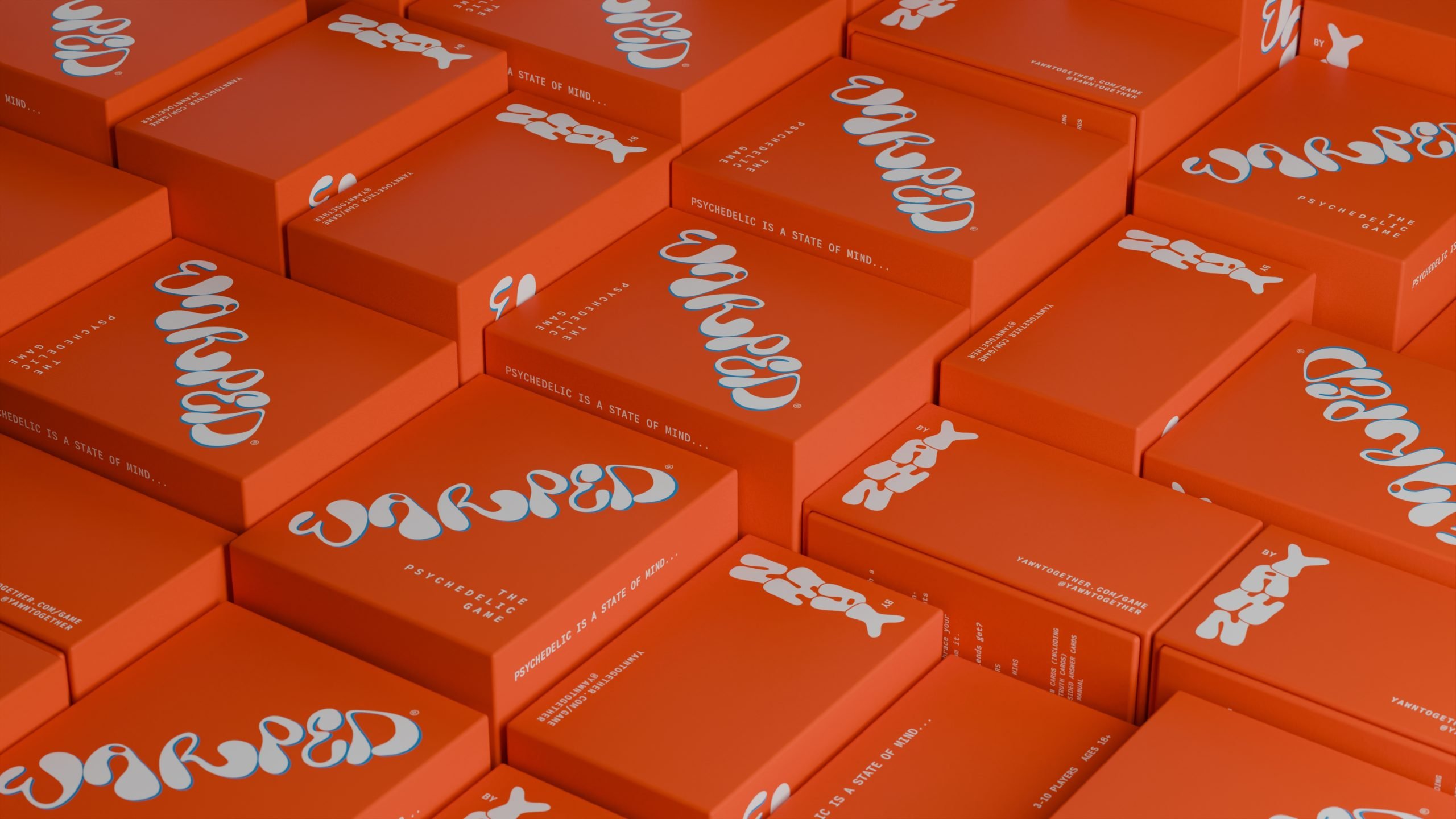Our first glimpse inside the walls of Method Products proved to be somewhat of a surprise. Method’s close proximity to the city’s financial center gave us the impression we were about to walk into a rigid and sterile office space. Those feelings were soon expelled, as we entered a space that was casual and full of quirky touches. We met with Josh Handy and Sally Clarke, VP of Industrial Design and Design Director of Packaging, respectively. Both native New Zealanders, their accents came through as we touched on everything from their careers at Method, creative processes, and of course – working together as a married couple.
GS_googleAddAdSenseService(“ca-pub-3860711577872988”); GS_googleEnableAllServices(); GA_googleAddSlot(“ca-pub-3860711577872988”, “incontent1”); GA_googleAddSlot(“ca-pub-3860711577872988”, “incontent2”); GA_googleFetchAds();
GA_googleFillSlot(“incontent1”);
